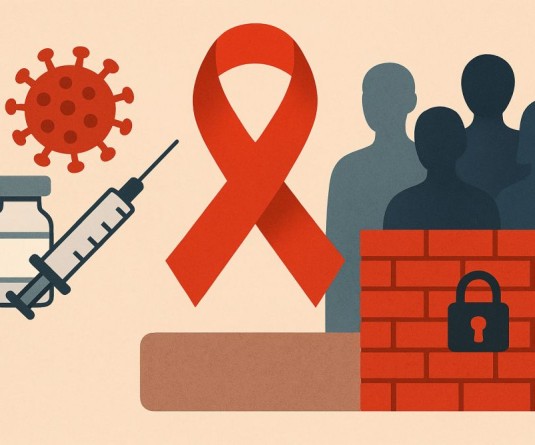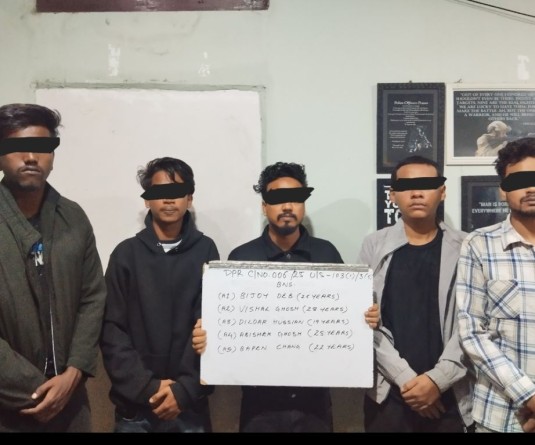
Morung Express News
Dimapur | April 14
Dimapur | April 14
The increasing cases of HIV/AIDS in Nagaland are particularly based on intravenous drug use and unsafe sex, informs a study published in the International Research Journal of Medical Science. The study titled ‘Assessment of HIV/AIDS Sero Positivity in Nagaland’ states that the prevalence of infection among IDUs has been a cause of major concern.
It further notes that instances of HIV cases has been gradually increasing among “vulnerable” population groups, including women, young people, high risk groups and bridge populations. It added that young people within the age group of 20-29 are contributing the highest number of HIV/AIDS patients in Nagaland state. In this age bracket, the report informed that the highest mode of transmission is through the sexual route. It further stated that the incidence of HIV/AIDS infection among STD clinic attendees and ante natal (transmission from mother to child) cases in “rural” Nagaland have also been increasing, thereby posing a major challenge for health managers. It said that rising numbers of pregnant women, “whose sexual behavior is not believed to be risky,” are testing to be HIV positive.
While the study showed a decrease in the HIV/AIDS prevalence rate among IDUs, it however noted that this mode of transmission still remains the principle driver of the infection in Nagaland. Although inconsistent, the study informed that prevalence rates, for the most part, amongst attendees of Integrated Counseling and Testing Centres shows a declining trend. This, according to the study, indicates a slowing down of HIV transmissions.
Concerning the sexual route of transmission, it stressed on incorporation of life skills in schools and colleges. “Since society is still very apprehensive of talking about sex, there is need for young people to have adequate information about going into pre-marital sex,” it added. The study further advised taking proper steps like putting the “facts of life” in proper perspective, and “normalization” of condom use. It asserted that accurate information on how to avoid the infection and elimination of stigma against its victims can help stem the tide of the “epidemic.”
The study received funding from the National AIDS Control Organization (NACO) and aimed to observe the positivity rate of HIV/AIDS in all eleven districts of Nagaland state. It collected data from six different sources viz Sentinel Sero-surveillance among antenatal clinic attendees, Prevention of Parent to Child Transmission Centers, Blood Banks, Female Sex Workers, Injection Drug Users and Integrated Counseling and Testing Centers.






